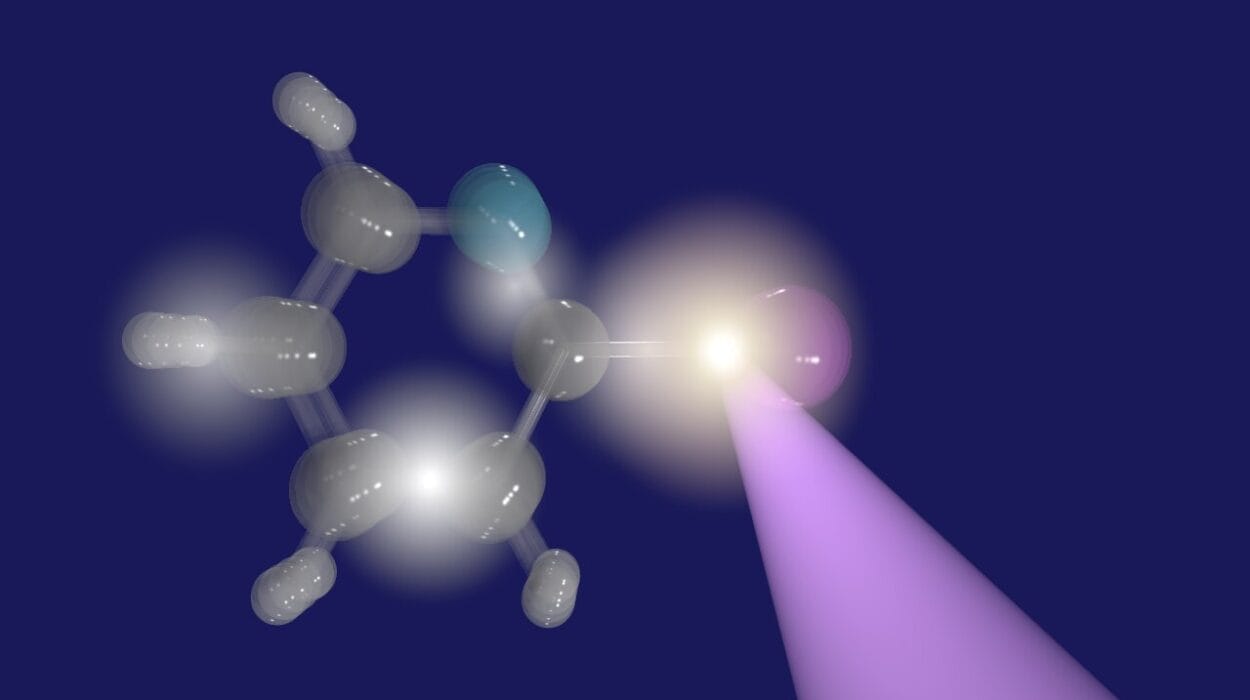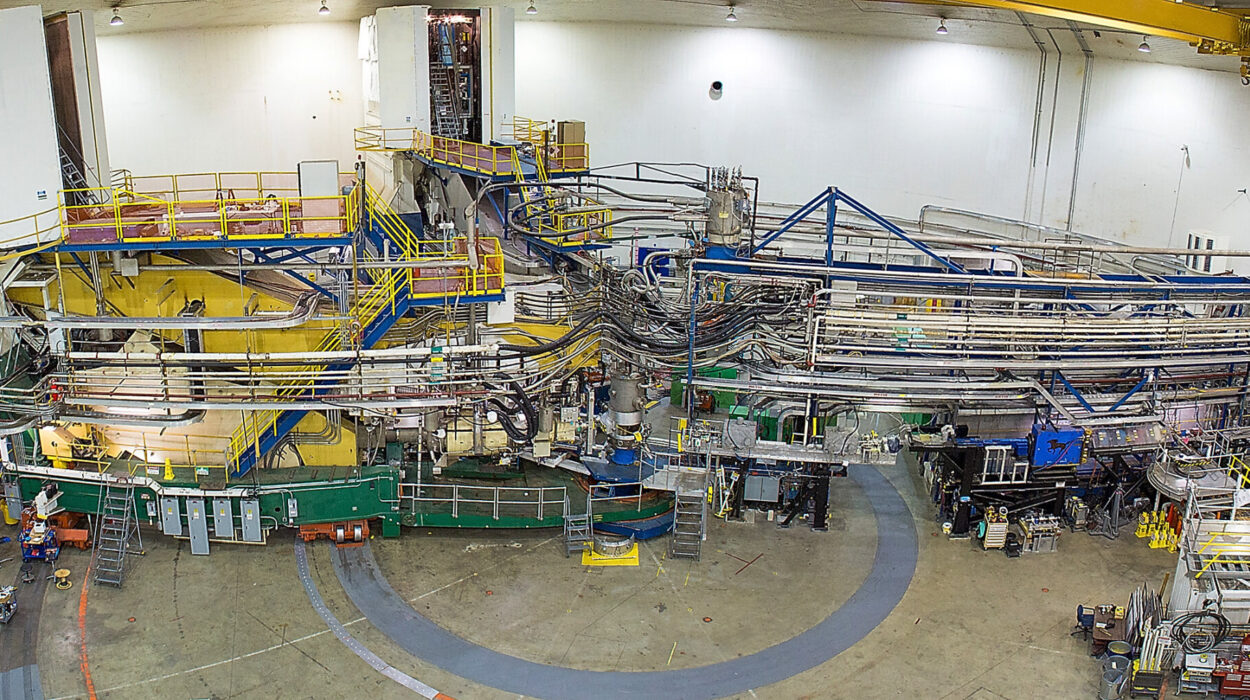In 1887, a seemingly simple experiment would shape the entire future of physics. Two American scientists, Albert Michelson and Edward Morley, set out to measure the speed of light, hoping to detect any differences in its velocity based on Earth’s motion through space. They expected to find slight variations in the speed of light depending on the direction of its travel. But what they found was nothing. No detectable difference at all. This was a stunning result—the kind of discovery that shakes the foundations of science. And though it might not have seemed momentous at the time, this null result would change everything.
Michelson and Morley’s inability to measure any variation in the speed of light pointed to a deeper truth: the speed of light is always the same, regardless of motion. It’s this very observation that set the stage for one of the most revolutionary breakthroughs in modern science: Albert Einstein’s theory of special relativity.
Special relativity upended the prevailing understanding of space and time. It revealed that the laws of physics remain constant no matter the relative speed at which an observer moves. In other words, whether you are standing still or racing at the speed of light, the fundamental laws of nature are the same for everyone. This idea became known as Lorentz invariance, and it quickly became one of the cornerstones of modern physics.
But now, more than a century after Michelson and Morley’s experiment, physicists are once again questioning the very principle that Einstein’s theory made famous: Lorentz invariance.
Why Do We Doubt the Undoubtable?
The long-standing success of Lorentz invariance has been nothing short of remarkable. It’s the foundation not only of Einstein’s special relativity but also of the quantum theories that describe the smallest particles and forces in the universe. Quantum field theory, along with the Standard Model of particle physics, has been tested to extraordinary precision. The equations of the Standard Model predict the behavior of elementary particles with such accuracy that it’s been described as the most successful theory ever developed.
But even in a field so grounded in certainty, doubts remain. The challenge stems from another of Einstein’s landmark theories: general relativity, which describes gravity not as a force, but as a curvature of space and time. General relativity has proven itself equally resilient over the decades, tested with unflinching precision in environments ranging from the weak gravitational pull of Earth to the extreme conditions near black holes.
So why, after so many years of triumph, do physicists feel the need to question Lorentz invariance?
The answer lies in the tension between the two great pillars of modern physics: quantum mechanics and general relativity. Quantum mechanics, with its probabilistic wave functions that describe the behavior of particles, works beautifully on tiny scales. But when you try to apply it to the curved spacetime of general relativity, things get messy. The mathematics simply doesn’t add up.
In fact, many theories attempting to unite these two frameworks, like quantum gravity, have suggested that Lorentz invariance might break down—just a little—when gravity is involved. This doesn’t mean the theory needs to be thrown out. Instead, it suggests that Lorentz invariance might hold true in most situations but may be slightly altered when quantum effects become significant in the presence of strong gravitational fields.
That’s where the hunt for a possible deviation in Lorentz invariance comes into play. With the advent of new technologies and methods, physicists are looking for tiny, almost imperceptible cracks in the armor of Einstein’s theories, hoping to find evidence that could point to a more unified theory of the universe.
Peering Into the Cosmos for Clues
Enter a team of physicists led by Mercè Guerrero and Anna Campoy-Ordaz, researchers from the University of Barcelona (UAB). Along with their collaborators, they took an astrophysical approach to testing Lorentz invariance with an entirely new level of precision. Their experiment, recently published in Physical Review D, took advantage of the most powerful cosmic phenomena on Earth—the very-high-energy gamma rays that travel vast distances from distant astronomical sources.
Gamma rays are the highest-energy form of light, produced in the most extreme environments in the universe, such as supernova explosions, black holes, and neutron stars. These rays travel for millions or even billions of years before reaching Earth, carrying with them the imprints of their journey through the fabric of spacetime.
The researchers’ hypothesis was simple: if Lorentz invariance were violated in any way, it might manifest as a small difference in the speed at which these high-energy photons travel, depending on their energy. Any deviation, however minuscule, could cause these gamma rays to arrive at Earth at slightly different times.
This is where the story of modern astrophysics becomes a story of precision and patience. The gamma rays under study came from sources incredibly far away, meaning their travel time across the universe would have been long enough to reveal any tiny inconsistencies in the speed of light. If different-energy photons—traveling through curved space—arrived at different times, it could be a clue that something fundamental is missing from the physics we’ve known for over a century.
The researchers used a powerful statistical method to analyze data gathered from these distant gamma-ray sources. They combined existing measurements and refined the approach to test several of the parameters that could suggest a breakdown in Lorentz invariance. In doing so, they were able to push the limits of previous experiments by an entire order of magnitude, making their findings the most precise test of Lorentz invariance to date.
The Results: Closer, But Not There Yet
But much to the team’s disappointment, their results did not overturn Einstein’s theories. Like so many others who have attempted to test the limits of relativity, the team failed to prove that Lorentz invariance can be broken—at least not in any detectable way. The tiny variations they were hoping to find were simply not there.
However, their failure wasn’t a loss. Instead, the researchers’ work offers the physics community something invaluable: a more precise set of limits on how much Lorentz invariance can deviate. The new bounds they’ve established are a powerful tool for future research. The results don’t rule out the possibility of a slight breakdown in Lorentz invariance, but they do narrow the range of what that breakdown could look like.
As Anna Campoy-Ordaz explained, “We hoped to prove Einstein wrong, but like so many others before us, we did not succeed. However, we have improved upon previous limits by an order of magnitude.” This improvement brings scientists one step closer to understanding the deeper mysteries of the universe.
Why This Matters
You might wonder why such small, almost imperceptible differences in the speed of light matter. After all, if Einstein’s theories have held up for over 100 years, why push so hard to test them further?
The answer lies in the fundamental nature of science itself. It’s the pursuit of understanding, the desire to uncover the unknown, that drives progress. If there’s even a tiny chance that our understanding of the universe can be improved, that’s worth exploring. New discoveries—whether they confirm or challenge existing theories—are the very foundation of scientific advancement.
The quest to test Lorentz invariance is part of a larger journey to reconcile the seemingly incompatible theories of quantum mechanics and general relativity. This is one of the biggest puzzles in modern physics, and each new experiment brings us closer to the answers. With next-generation instruments like the Cherenkov Telescope Array Observatory, which is designed to dramatically improve gamma-ray detection, the hunt for deviations in Lorentz invariance will continue.
Whether or not we find anything that challenges Einstein’s legacy, the search itself will continue to deepen our understanding of the cosmos, driving innovation and opening up new frontiers in the ever-evolving field of physics.
More information: Merce Guerrero et al, Bounding anisotropic Lorentz invariance violation from measurements of the effective energy scale of quantum gravity, Physical Review D (2025). DOI: 10.1103/k3xg-wkrc






